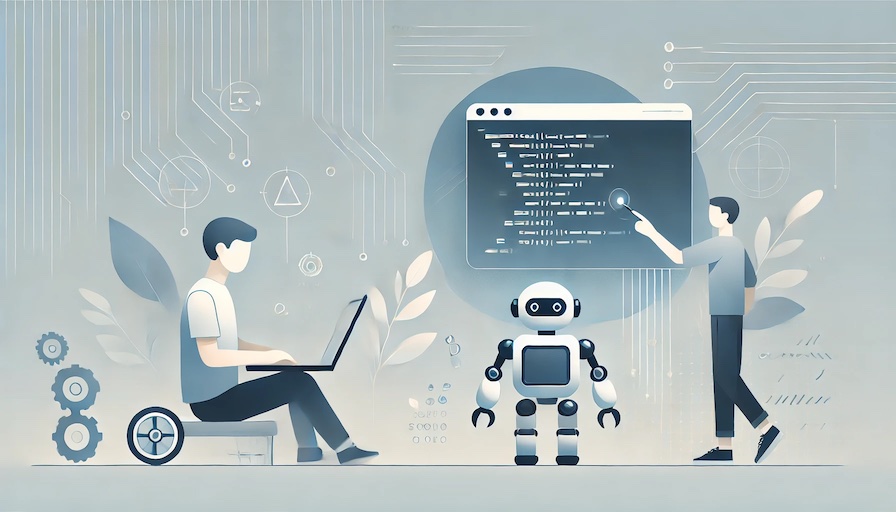Robotic Surgery
The Da Vinci Surgical System
- Precision Operations: Allows surgeons to perform complex procedures with enhanced accuracy.
- Minimally Invasive: Smaller incisions lead to faster recovery and less pain for patients.
- Surgeon Control: Surgeons operate robotic arms using a console with 3D visualization.
Impact
- Improved Outcomes: Increased success rates in surgeries like heart valve repair and cancer removal.
- Reduced Complications: Lower risk of infection and quicker healing times.
Robots in Rehabilitation
Exoskeletons
- Definition: Wearable robotic devices that assist or enhance human movement.
- Applications: Help patients with spinal cord injuries or strokes regain mobility.
Benefits
- Personalized Therapy: Tailored to individual patient needs.
- Enhanced Motivation: Interactive features encourage active participation in rehabilitation.
Medical Assistance Robots
Service Robots
- Roles: Deliver medications, transport supplies, and assist with patient care.
- Advantages: Free up medical staff to focus on critical tasks, improving efficiency.
Social Robots
- Purpose: Provide companionship and support to patients, especially the elderly.
- Examples: Robots like Paro (a robotic seal) offer therapeutic benefits through interaction.
Robotics in Diagnostics
Artificial Intelligence in Imaging
- Enhanced Analysis: AI algorithms analyze medical images for early disease detection.
- Accuracy: Higher precision in identifying anomalies like tumors or fractures.
Laboratory Automation
- Efficiency: Robots handle repetitive tasks such as sorting samples and running tests.
- Reliability: Reduces human error, leading to more accurate results.
Future Innovations
Nanorobots
- Concept: Tiny robots that can navigate the human body at a microscopic level.
- Potential Uses: Targeted drug delivery, repairing damaged tissues, and fighting infections.
Telemedicine and Remote Surgery
- Robotic Telepresence: Doctors can consult with patients remotely using robots.
- Remote Operations: Surgeons perform procedures from afar using robotic systems, expanding access to specialized care.
Why It Matters to You
- Career Opportunities: Fields like biomedical engineering and medical robotics are growing.
- Innovation Potential: You could contribute to the next breakthrough in healthcare technology.
- Impact on Society: Advancements in robotics improve quality of life and healthcare access.
Conclusion
Robotics is reshaping healthcare, making treatments more effective and accessible. From surgical robots to rehabilitation devices, these technologies are enhancing patient care and opening new frontiers in medicine. As technology advances, the possibilities are limitlessÑperhaps you’ll be part of this exciting journey!

